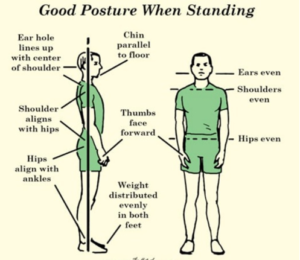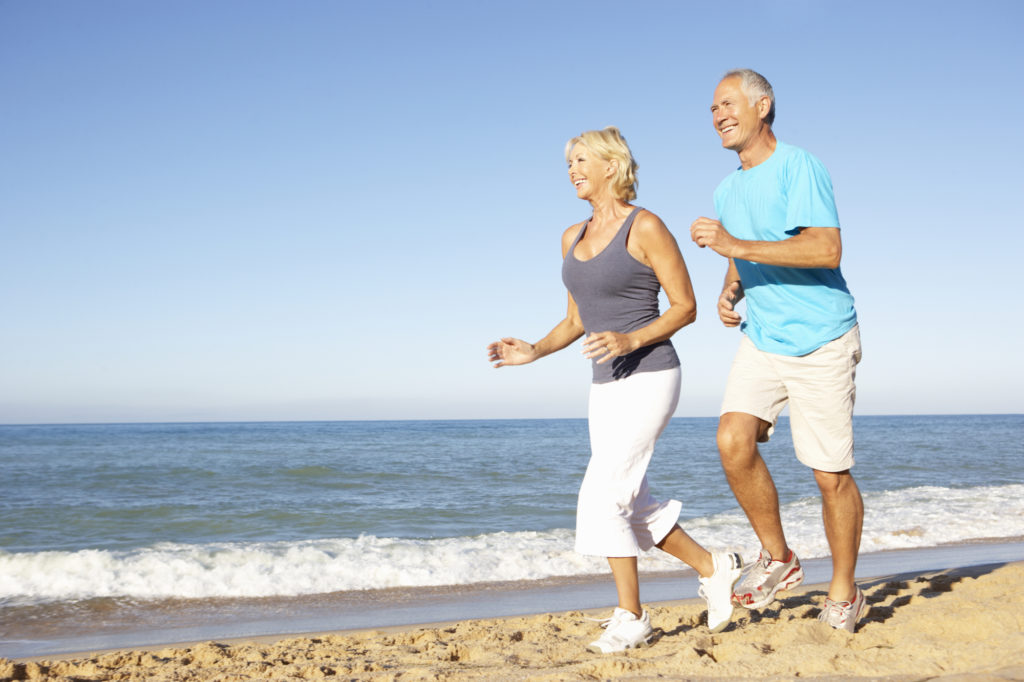Fitness for seniors, I’ve been thinking a lot about this question recently, so here’s my take on it. As fitness and healthcare professionals we know what the commonly defined answer to this question is. However, I think it is much more. Let me explain.
If you look up the definition of fitness or physical fitness you find several explanations that seem to be closely related.
For example:
Fitness – the condition of being physically fit and healthy; the quality or state of being fit; the quality of being suitable to fulfill a particular role or task; an organism’s ability to survive and reproduce in a particular environment; the general state of health and well-being with the ability to perform aspects of life, sports or occupations.
To summarize these definitions or state them in my opinion, I believe fitness or being fit, is one method to obtain and even progress health, wellness, and the ability to function the way we want.
In my profession, we know that fitness for seniors is categorized into four different important components.
* Cardiovascular fitness
* Muscular strength and endurance
* Mobility and flexibility
* Neuromotor, which includes balance, coordination, agility, posture and
quality function-based movements.
Health Benefits of Fitness
As you know the health benefits of fitness (exercise) have been proven and are many. I won’t list all of them here but instead, elaborate on what I listed above. From a cardiovascular standpoint (heart & blood vessels), research has proven you need a minimum of 2 ½ hrs. of cardiovascular exercise at a moderate intensity per week to obtain health benefits…Are you getting in 2 ½ hrs.?
You also need strength and endurance exercise 2-3 times per week as well, to maintain or gain health benefits. Did you know that we lose 30% of our muscle mass and strength between the age of 30 and 70? After 70 yrs. of age that loss accelerates. If we didn’t have much strength, endurance, and power at a younger age, then our older years are going to be even more challenging when it comes to health and function…Are you doing your strength training?
Mobility and flexibility (yes, 2 different things) is important for quality movement, which most definitely contributes to our ability to function the way we would like. I’m sure you’ve heard the phrase “sitting is the new smoking”. Our bodies are designed to move, therefore, being sedentary is detrimental to our health. Are you getting in quality movement every day?
Neuromotor exercises are important when focused on fitness for seniors, especially for sports performance and function as we age. As you would guess, it is much more important as we get older. I know many of you don’t think about it much, but losing coordinated movement, balance, posture, and function as we age are major factors in falling. Injuries from falling or just lack of function can be devastating to our daily function and quality of life.
Health, Wellness, and Function
So, I hope I’ve established the concept that the main reason for fitness or exercise is to benefit our overall health and function as defined above. I often explain that exercise is medicine and its importance to the prevention of injuries, pain, and medical issues. Actually, I think the main reason I’m writing this article is because of what I see going on in the fitness world.
People are motivated to exercise for many reasons. For example; I hear “I want to look better”, “I want to tone up”. Both of these are legitimate reasons in people’s minds but is their motivation really for health, wellness, or improved function? I don’t think so. I think there’s a misconception that if you look better or tone-up you are healthier.
Please note, exercise for weight loss and health is very important but that is not what I’m referring to here. Don’t get me wrong, we all like to look better, and any exercise is better than nothing, but what many don’t understand, is if you choose to focus on health, wellness & function first, you will achieve your goal of looking better anyway.
I see it all the time. People sacrifice health, alignment & function just to build huge muscles, do crazy exercises, and to look better. What happens is, you are throwing fitness on top of a dysfunctional body which can be very harmful to your overall health and function, which is what’s more important.
Dysfunction and Function
What do I mean by dysfunction or a dysfunctional body? As you know our body is amazing, it’s adaptable, can heal most problems, and can accomplish spectacular feats. However, to do so it must be functioning appropriately. I’m only going to address dysfunction in the context of the musculoskeletal and nervous systems.
Our body was designed in a wonderful way to move and function in an efficient manner. All of our joints were designed to be in certain positions and alignments to allow for this efficient movement. Our muscles are also designed to contract and function in specific ways. It’s important for healthcare and fitness professionals to understand and assess this muscle function as it relates to posture, function, and pain.

Good posture and alignment are looked at in a specific way. When looking at your body from the front or back there should be symmetry between the left & right sides. That is, if you draw a line from the floor exactly in the middle of the feet straight up, it should split your body into 2 equal parts. Also, when looking from the front, your shoulders and hips should be level straight across horizontally. Additionally, the ankle, knee, hip, and shoulder should be in a vertical straight line as weight-bearing joints.
When looking from the side you should be able to draw a line from the floor straight up through the middle of the ankle, middle of the knee, hip & shoulder.
And the pelvis should be close to level with no excessive tilt forward or backward.
The reality is…. Our muscles receive signals through our nervous system to contract, and or relax, which in turn moves, controls and stabilizes not only our joints but our entire body in a symmetrical way.
Additionally, our body is designed to respond and adapt to stimuli received from our environment. We know that muscles pull and move bones, depending on the stimulus of our environment or the movement we want to accomplish. Therefore, a specific movement can be efficient and functional, or dysfunctional depending on the function of the muscles.
A bone or joint can get pulled out of position from certain environmental stimuli like sitting at a computer for long periods of time. What happens is muscle compensations and functional changes occur. What develops then is poor posture and poor movement patterns. Or what we often refer to as dysfunction. Dysfunction such as a forward shoulder, or an elevated hip can cause pain and injury not only at that specific area but often times somewhere else in the body.
So, what I’m saying is posture and symmetry are much more important than what we think when it comes to fitness, health, and wellness.
This is certainly not a new concept, for example, professional athletes like Cole Hamels a starting pitcher for the Chicago CUBS hired a full-time posture specialist to assist in his off-season exercise program. His goal was to ensure his body was in symmetry, more functional, and utilizing everything appropriately in his pitching motion.
I know this may have been a lengthy article, but I hope I stimulated some thought in terms of the why and how you are approaching your fitness. Remember every exercise should have a healthy and functional reason for doing it, rather than just for aesthetics.
Don’t hesitate to contact me with questions or interest in finding your functional design, symmetry, and solutions to any dysfunction or chronic issues you may have.
